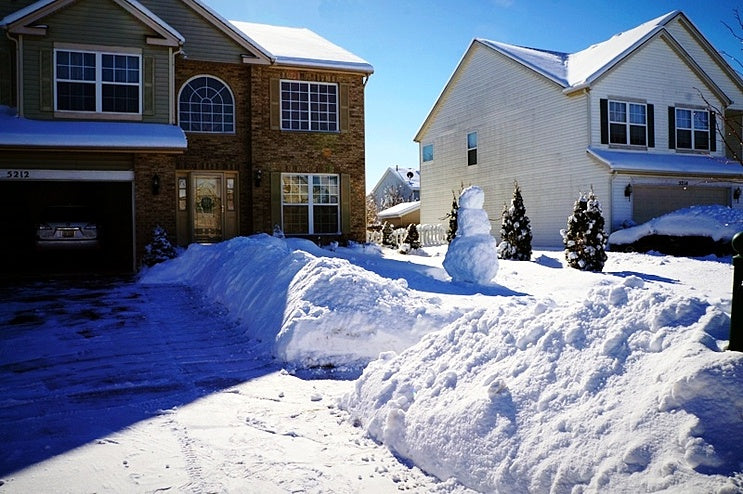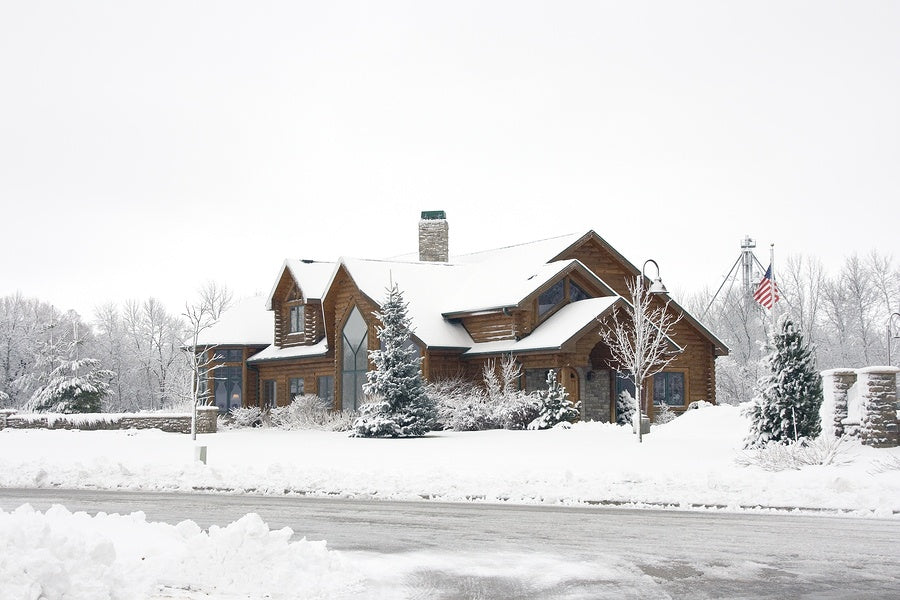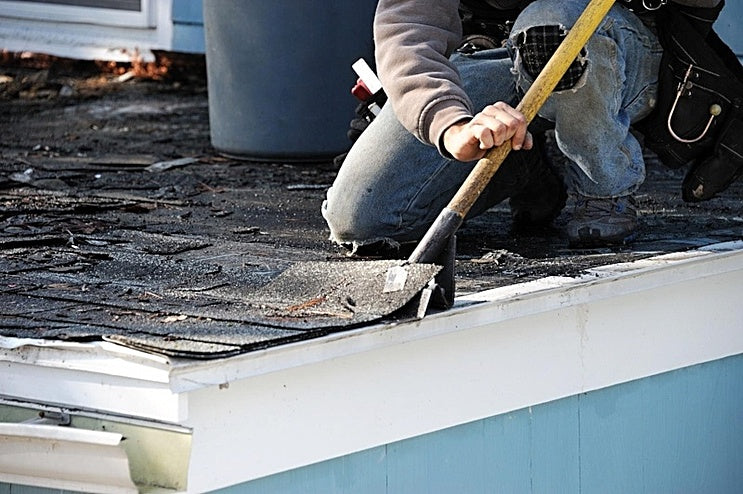A concrete or asphalt driveway is a major convenience that many homeowners enjoy, but when winter weather arrives and covers your pavement with a layer of snow or ice, steps must be taken to recover full use of your driveway. And the safety hazards of slippery pavements must also be minimized, both to prevent accidents and to avert any possible lawsuits that may follow if a visitor should be injured on your property.
One common strategy for keeping driveways free of snow/ice during the winter is to install a heated driveway system long before winter begins. These snow-melt systems can keep your whole drive snow-free, or they can target a portion of the driveway only. (Many times, only one sufficiently wide tire lane is heated.) The convenience of a heated driveway comes at a substantial cost, but in some situations, they are well worth the investment.
Below, we look at the pros and potential cons of installing either an electric coil or hydronic heated driveway. We also mention an exciting new alternative method of heating your driveway that is just now ready to appear on the market.
The Two Types of Heated Driveways
Electric coil heated driveways involve installing electrically heated metal rods under your pavement, which can be controlled as to temperature, timing, and duration of heating. The power output of the cables varies, ranging from 6 to 50 Watts per linear foot, and reaching temperatures as high as 220° F (93.33° C). This means you can melt snow/ice at rates of inches per hour, depending on your specific system and on how high you turn up the heat.
Hydronic heated driveways consist of PVC tubing that zigzags underneath your pavement. A heated water-antifreeze mixture is circulated through the tubing, warming concrete/asphalt and freeing your pavement of snow and ice. Hydronic systems cost more to install than electric coil, but the latter cost more to operate.
Benefits of a Heated Driveway
The major benefits of a heated driveway that have made them popular with many homeowners in the northern U.S. include the following:
-
No need to shovel: Eliminating snow shoveling also eliminates the risks of slip-and-fall accidents, frost bite, and hypothermia. And there is no need to hire someone to shovel or plow your drive, which saves you money. Finally, there is no risk of scraping or chipping your pavement with shovels and ice picks.
-
No need for deicing: The heated portions of your driveway will not require any rock salt or other deicer. As salt has damaging effects on pavements and adjacent vegetation, it is good to minimize its use. Additionally, the health hazard contact or ingestion of deicers poses to pets and kids is eliminated, as is the expense of buying them.
-
No-maintenance service: Typically, once you install a heated driveway, there is nothing more you need do but operate it for many years. As long as the heating elements are evenly spaced and large, sharp stones were not used when the driveway was poured, there should be little if any maintenance costs.
Drawbacks of Heated Driveways
Some of the major "cons" to consider when weighing whether or not to install a heated driveway include:
-
The installation expense: Normally, you have to install a new driveway in order to integrate the sub-pavement heating system, and this can cost thousands of dollars. The systems themselves will also cost at least a couple thousand dollars. A $5,000 to $10,000 (approximately $6,720 to $13,440 CAD) bill is not uncommon.
-
Operating expenses: How much it costs to run a heated driveway will vary greatly based on square footage heated, differential between outdoor and target temperatures, and how prone the region is to snow/ice accumulation. However, $125 to $250 (approximately $168 to $336 CAD) per season to run a hydronic system and $275 (approximately $369 CAD) or more for an electric coil system are reasonable estimates.
-
Repair expense: Though properly installed heated driveways normally need no maintenance, when they do, it may require tearing up the whole driveway to make the repair. If an electric wire burns out or a PVC tube is punctured, it will cost hundreds or even thousands of dollars to correct.
A Heated Driveway Alternative
Heated driveway snow-melting mats are similar to other snow-melting mats designed for walkways and entry areas but strong enough to endure the weight of vehicles instead of just foot traffic.
The mats are laid down straight to create a snow-free tire lane. They are capable of melting around two inches (5 cm) of snow per hour, and the melt-off will not refreeze while they are on. They run off ordinary outlets and can be used as needed to reduce expenses.
Heated driveways have many important benefits, though they are also expensive to install and repair. Driveway snow-melting mats can accomplish much the same thing as heated driveways, while costing less.


